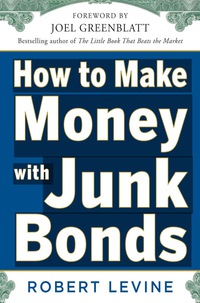Question
Suppose because of an expansionary monetary policy the Treasury Bill rate of interest falls from 5.5% as shown in the table below to 4% and
Suppose because of an expansionary monetary policy the Treasury Bill rate of interest falls from 5.5% as shown in the table below to 4% and the market premium falls to 6%, Using the Betas of the Table below calculate the following:
| Risk Free Rate = 5.5%, Market Premium = 8% over Risk Free for Beta = 1, i.e. 13%EXPECTED | ||
| SHARES | BETA | RETURN rf + (rm - rf) |
| AT&T | 0.65 | 10.7% |
| BRISTOL MEYERS | 0.95 | 13.1% |
| COCA-COLA | 0.98 | 13.3% |
| DELL | 1.13 | 14.5% |
| EXXON | 0.73 | 11.3% |
| GE | 1.29 | 15.8% |
| McDONALDS | 0.95 | 13.1% |
| MICROSOFT | 1.26 | 15.6% |
| ADDIDAS | 0.87 | 12.5% |
a) Calculate the expected return to Microsoft shares.
b) Under the new monetary policy, of the shares listed, find the one with the highest
expected return and calculate it.
c) Under the new monetary policy, of the shares listed, find the one with the lowest expected return and calculate it.
d) Would Dell offer a higher or lower return expected return if the interest rate on Treasury Bills (the risk-free rate) were 6% rather than 4%. Assume the expected market return remains at 10%? Explain your answer.
e) Would Exxon offer a higher or lower expected return if the interest rate on Treasury bonds were 6%? Explain your answer.
Step by Step Solution
There are 3 Steps involved in it
Step: 1

Get Instant Access to Expert-Tailored Solutions
See step-by-step solutions with expert insights and AI powered tools for academic success
Step: 2

Step: 3

Ace Your Homework with AI
Get the answers you need in no time with our AI-driven, step-by-step assistance
Get Started


